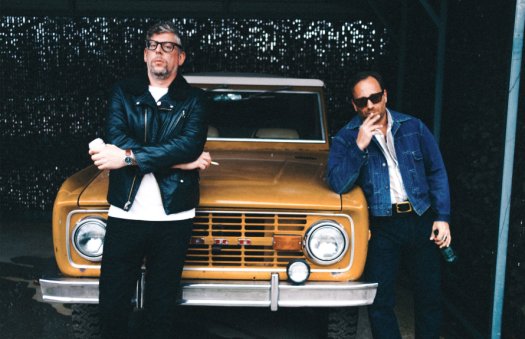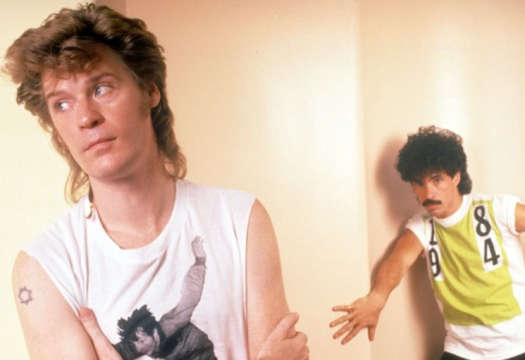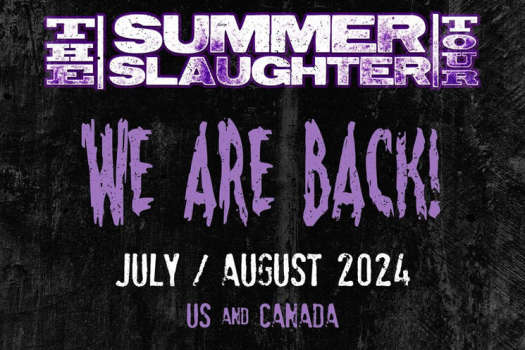American journalist James Sullivan has an ambitious goal for his latest book Which Side Are You On? 20th Century American History in 100 Protest Songs. In ten chapters, and a swift 200 pages, Sullivan asserts that his book "will tell the story of modern American democracy, and the music that had the audacity to speak up and take a side."
To tell this story, Sullivan writes snippets, self-described "introductions," of social movements that shaped American society and the songs that provided the soundtrack. Sullivan's primary focus is on the sweeping social movements of the 1960s and '70s which includes anti-war protests as well as the Civil Rights and second wave feminism movements. Sullivan's historical documentation is, thankfully, easy to digest, but his insertion of the songs borne out of these movements is not always done effectively.
Within the "Freedom of Speech" chapter, for example, Sullivan points to Nirvana's "Smells like Teen Spirit" as a "complex critique of middle-class complacency" without providing much in the way of background. On the other hand, in the most successful chapter — "Workers Unite" — Sullivan carefully outlines various workers' rights movements within the first half of the 20th century, while emphasizing how important the anthemic labour songs were in bolstering the movements' participants.
Which Side Are You On? is built by personal preferences, so it's easy to critique Sullivan's song choices. In the book's intro, Sullivan tries to deflect judgement by acknowledging that Which Side Are You On? is a "selective survey," and names a handful of artists that will not be mentioned. But the author's bias is evident throughout the book and as a result, there are noticeable gaps in the genres that Sullivan includes.
Primarily the tracks highlighted within Which Side Are You On? are folk, rock and pop songs, while rap tracks are noticeably absent until the book's final chapter, "Into the Twenty-First Century." Meanwhile hip-hop and rap artists, particularly from the '80s and '90s, like Tupac, Public Enemy and so many others, were writing protest songs that critically examined race, gun violence and police brutality, which Sullivan looks at in the chapter "Immigration and the 'Other'."
Additionally, throughout the book, Sullivan rarely includes music (or history) from the 1980s and '90s. Tracy Chapman's "Across the Lines," a chilling track about race riots from her 1988 self-titled debut, is a natural fit for Sullivan's chapter on "Immigration and the "Other'." Songs from the riot grrrl punk movement of the '90s, which spoke to feminism and LGBTQ+ rights of the decade — topics that both have chapters — are completely absent, while queer women's voices that dominated popular music in the 90s — Melissa Etheridge, Indigo Girls and k.d. lang, among others — are noticeably missing as well.
Undoubtedly, it's difficult to distil a century of music and social history into one book, but Which Side Are You On? is an uneven attempt to do both, which leaves you struggling to engage with much of its content and, often, turned off altogether by the songs' uniformity.
(Oxford University Press)To tell this story, Sullivan writes snippets, self-described "introductions," of social movements that shaped American society and the songs that provided the soundtrack. Sullivan's primary focus is on the sweeping social movements of the 1960s and '70s which includes anti-war protests as well as the Civil Rights and second wave feminism movements. Sullivan's historical documentation is, thankfully, easy to digest, but his insertion of the songs borne out of these movements is not always done effectively.
Within the "Freedom of Speech" chapter, for example, Sullivan points to Nirvana's "Smells like Teen Spirit" as a "complex critique of middle-class complacency" without providing much in the way of background. On the other hand, in the most successful chapter — "Workers Unite" — Sullivan carefully outlines various workers' rights movements within the first half of the 20th century, while emphasizing how important the anthemic labour songs were in bolstering the movements' participants.
Which Side Are You On? is built by personal preferences, so it's easy to critique Sullivan's song choices. In the book's intro, Sullivan tries to deflect judgement by acknowledging that Which Side Are You On? is a "selective survey," and names a handful of artists that will not be mentioned. But the author's bias is evident throughout the book and as a result, there are noticeable gaps in the genres that Sullivan includes.
Primarily the tracks highlighted within Which Side Are You On? are folk, rock and pop songs, while rap tracks are noticeably absent until the book's final chapter, "Into the Twenty-First Century." Meanwhile hip-hop and rap artists, particularly from the '80s and '90s, like Tupac, Public Enemy and so many others, were writing protest songs that critically examined race, gun violence and police brutality, which Sullivan looks at in the chapter "Immigration and the 'Other'."
Additionally, throughout the book, Sullivan rarely includes music (or history) from the 1980s and '90s. Tracy Chapman's "Across the Lines," a chilling track about race riots from her 1988 self-titled debut, is a natural fit for Sullivan's chapter on "Immigration and the "Other'." Songs from the riot grrrl punk movement of the '90s, which spoke to feminism and LGBTQ+ rights of the decade — topics that both have chapters — are completely absent, while queer women's voices that dominated popular music in the 90s — Melissa Etheridge, Indigo Girls and k.d. lang, among others — are noticeably missing as well.
Undoubtedly, it's difficult to distil a century of music and social history into one book, but Which Side Are You On? is an uneven attempt to do both, which leaves you struggling to engage with much of its content and, often, turned off altogether by the songs' uniformity.




